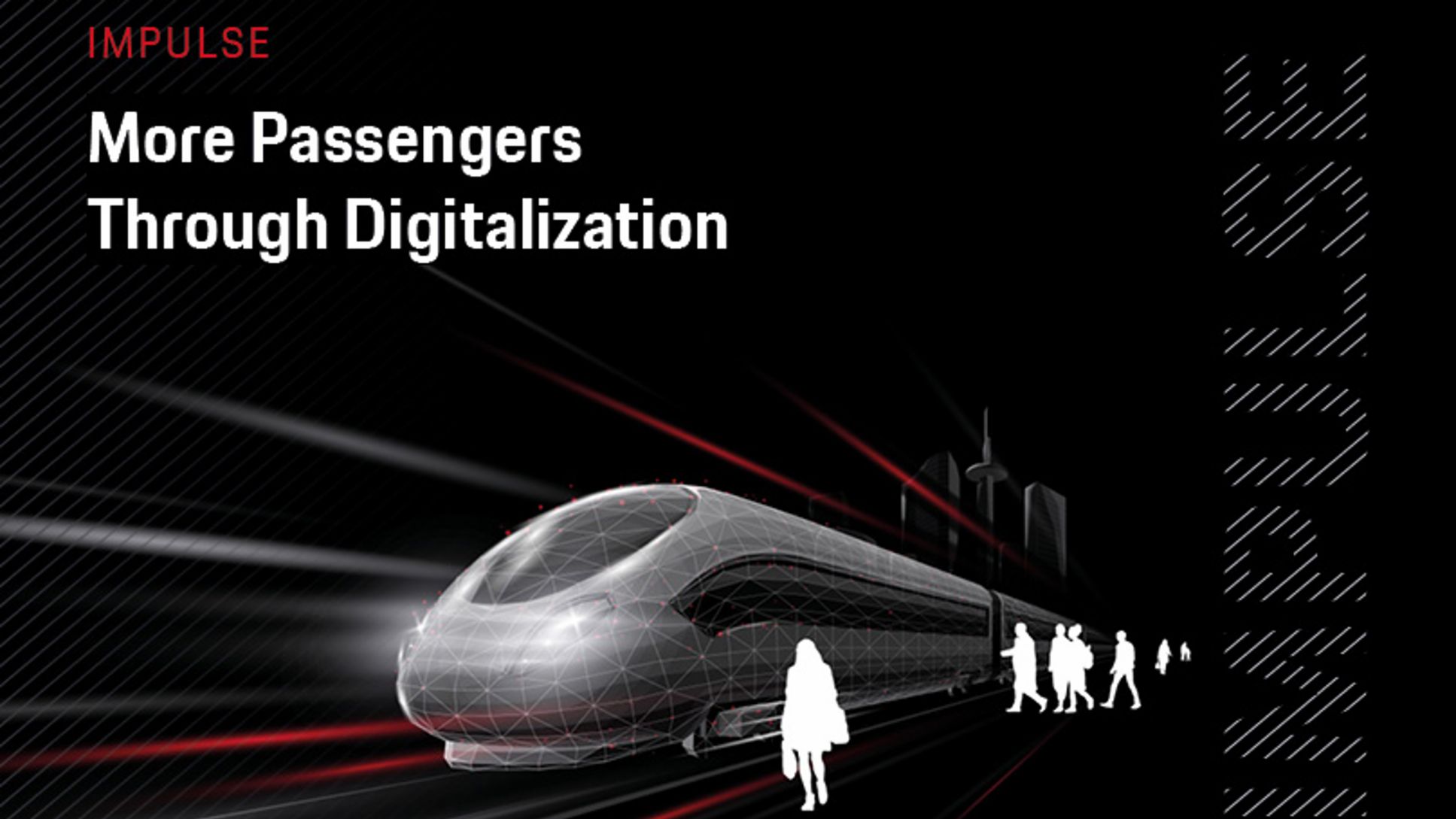Rail transportation is facing the task of moving growing numbers of passengers in an efficient and environmentally friendly way. The global market for rail supply (rolling stock, service, infrastructure, rail control) was evaluated at around 202 billion EUR in 2023 and is expected to reach 241 billion EUR by 2029. In Europe, rail use reached a record 429 billion passenger kilometres in 2023 recovering from pandemic-related slumps. Annual growth of 4 percent to 6 percent is forecast from here to 2028. The EU Commission's ‘Green Deal’ plans to double European high-speed transport by 2030 and to triple it by 2050.
These growth, climate, and transportation policy targets are increasing the pressure to act. Rail digitalization is therefore indispensable – it is required due to fragmented, isolated solutions, outdated technology, and demographic change. It is also necessary to achieve growth and capacity targets. Digital innovations promise to boost the attractiveness and efficiency of rail transportation. At the same time, passengers nowadays have high expectations of digital services regarding booking and travel. Digitalization in the rail transportation sphere is, therefore, not an end in itself, but instead, the answer to the specific requirements of today.
Info
Read the impulse in full length: More Passengers Through Digitalization





